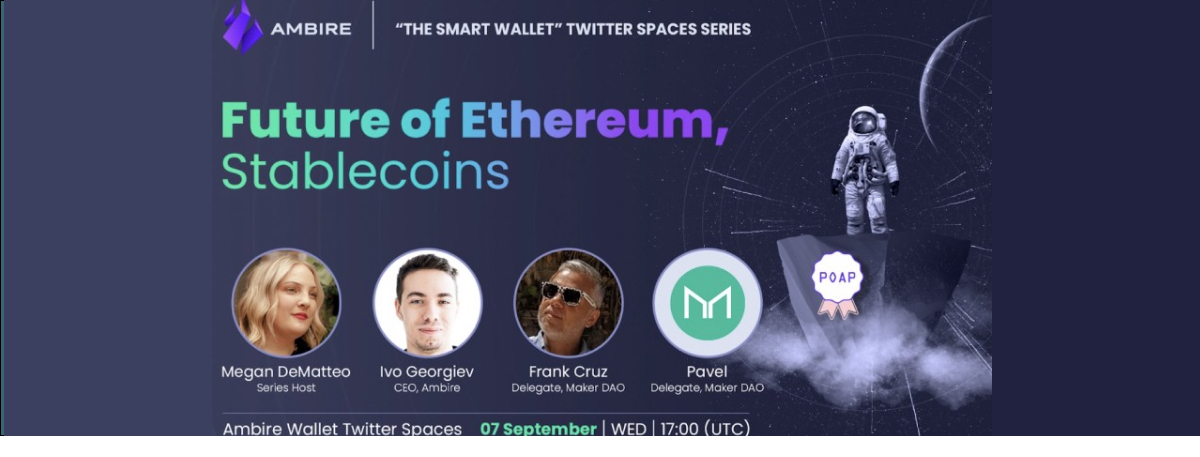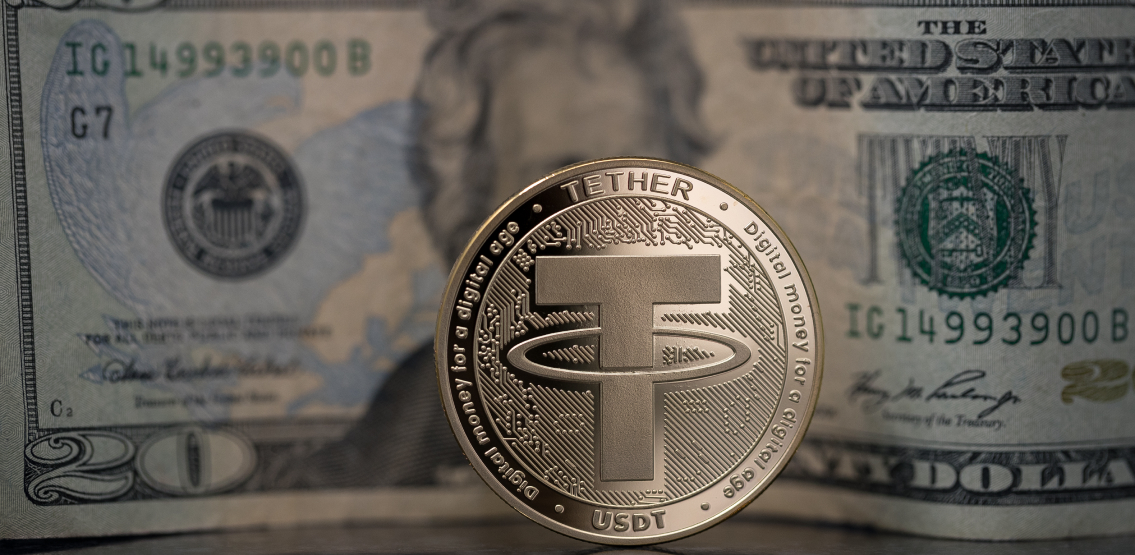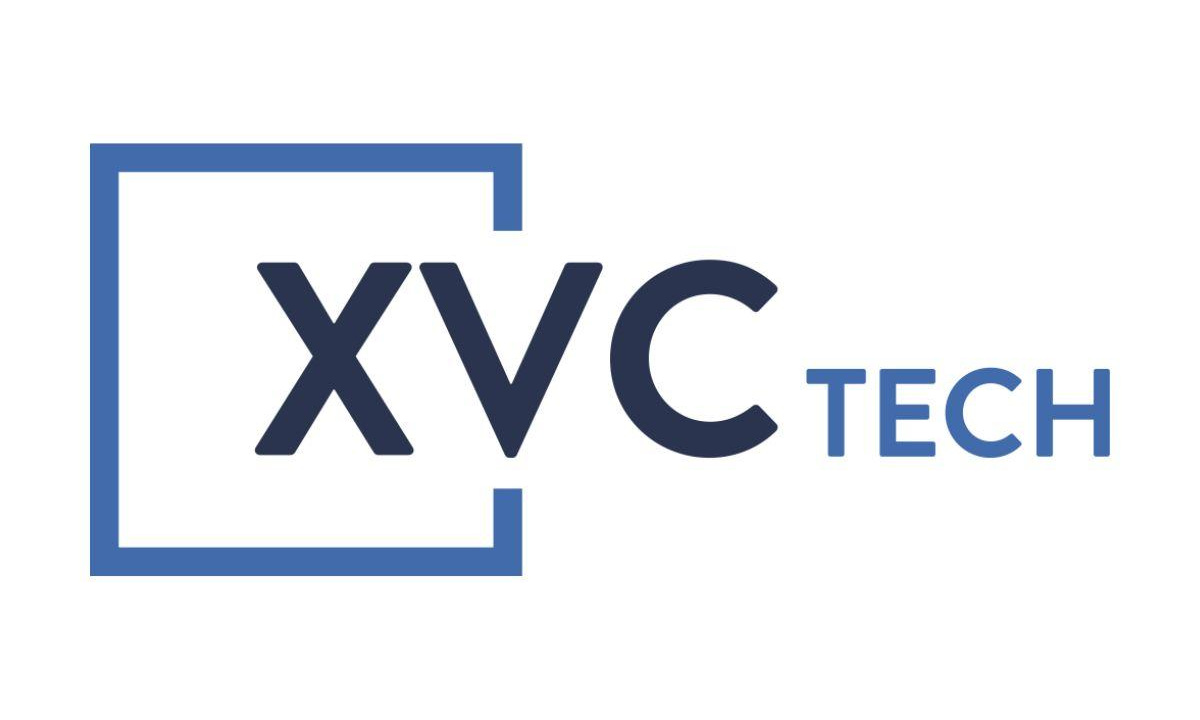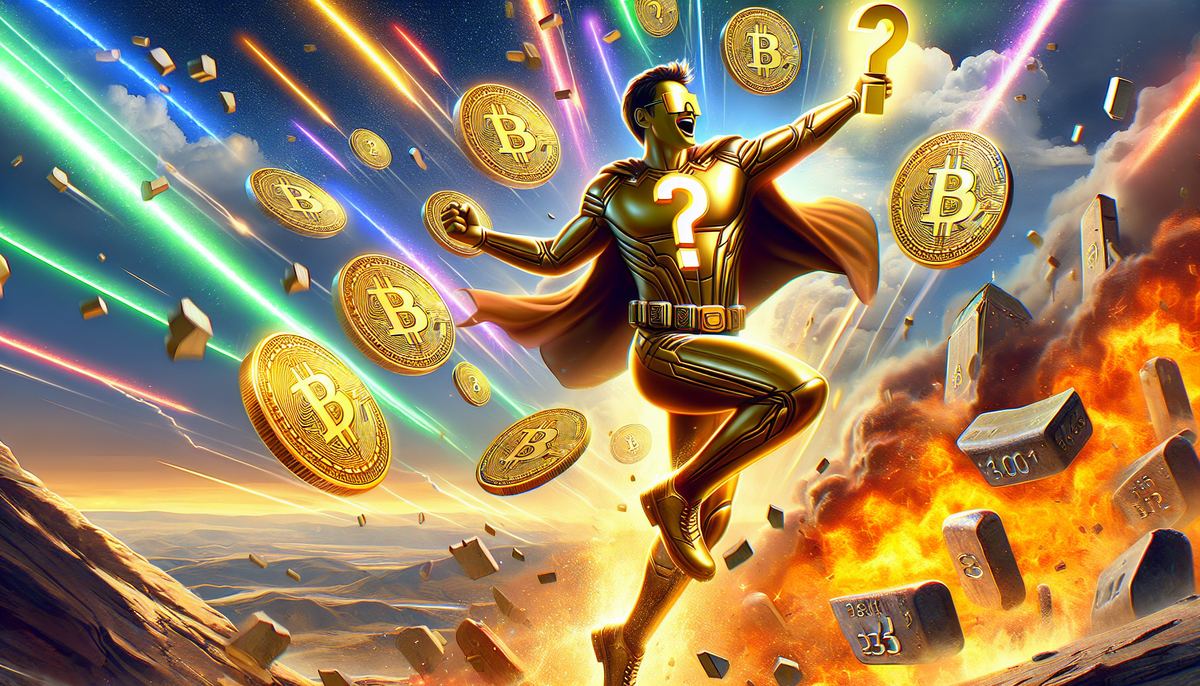Given the highly public and rapid demise of the UST stablecoin these particular assets have become very much a cause for concern for both investors and regulators alike. Jeremy Allaire, CEO of Circle, the company that controls the USDC stablecoin, gives his views.
Jeremy Allaire said in an interview published today on Protocol.com that he was “shocked” by the rapidity of the total wipeout of the UST algorithmic stablecoin. He added:
“This was a house of cards,” and “It was very clear that it was unsustainable and that there would be a very high risk of a death spiral.”
Allaire said that he was “speechless”’ that the UST peg could just “evaporate” in a matter of just 72 hours.
When asked if he had thought to talk with Do Kwon (CEO of Terra Labs) in order to try and warn him of the potential danger of a collapse, he responded by saying that Do Kwon had “attacked” anyone who had raised concerns about the safety of the UST stablecoin.
On Circle’s own stablecoin, Allaire had the following to say:
We're doing a lot of what we've always done, which is try and build the most trusted, most transparent, most compliant model possible for this. There's a reason why there's been a flight to quality. There's a reason why over the past week, USDC has seen strengthening, material strengthening.
He added:
“It's extremely safe. It’s regulated. It’s audited. It's all these things, right. So it's boring. It does what it needs to do, which is provide a reliable dollar digital currency that runs on the internet.”
Allaire said that his company wasn’t looking to become the “holy grail” of stablecoins, whereby Circle might one day move over to an algorithmic version of USDC. His idea of this was:
People are talking about CPI indexed stablecoins, or things like that — that can hold the value but it's censorship-resistant and can exist without needing a centralised issuer or government regulatory intervention.
He said that he believed that this was still 20 years out, and that a “hybrid digital currency model” was the best place to start. He described this as:
“you take existing central bank liabilities, or government liabilities, like Treasury bonds or cash from the Fed or what have you, and tokenize it, create a digital currency form factor that can run on the public internet but that had the assurance and the interoperability with that existing financial system.”
Disclaimer: This article is provided for informational purposes only. It is not offered or intended to be used as legal, tax, investment, financial, or other advice.
Investment Disclaimer













